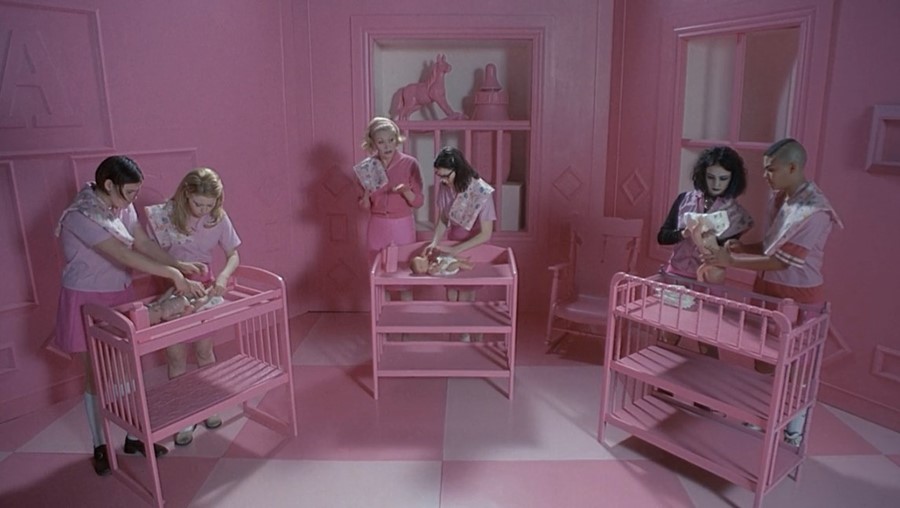But I'm A Cheerleader is a satirical take on teenage queerness, and a source of inspiration for many in the LGBTQI community. Here we revisit the film's sartorial codes
The 1999 film But I’m a Cheerleader can succinctly be described in two short words: completely iconic. Directed by Jamie Babbit, it was one of the first of its ilk, bringing teenage queerness to the big screen with flying rainbow colours. Natasha Lyonne plays the young, naïve and somewhat sheltered cheerleader, Megan, who is sent to the bootcamp called True Directions by her parents after they come to the conclusion she is a lesbian. The camp, lead by Mary Brown (Cathy Moriarty) and Mike (RuPaul), promises to change the sexual orientation of its students to heterosexual. Unbeknownst to Megan’s parents, their decision to send her away has a different effect. Instead, her time there allows her to realise her identity and she quickly falls in love with Graham, played by Lyonne’s IRL best friend at the time, Clea DuVall.
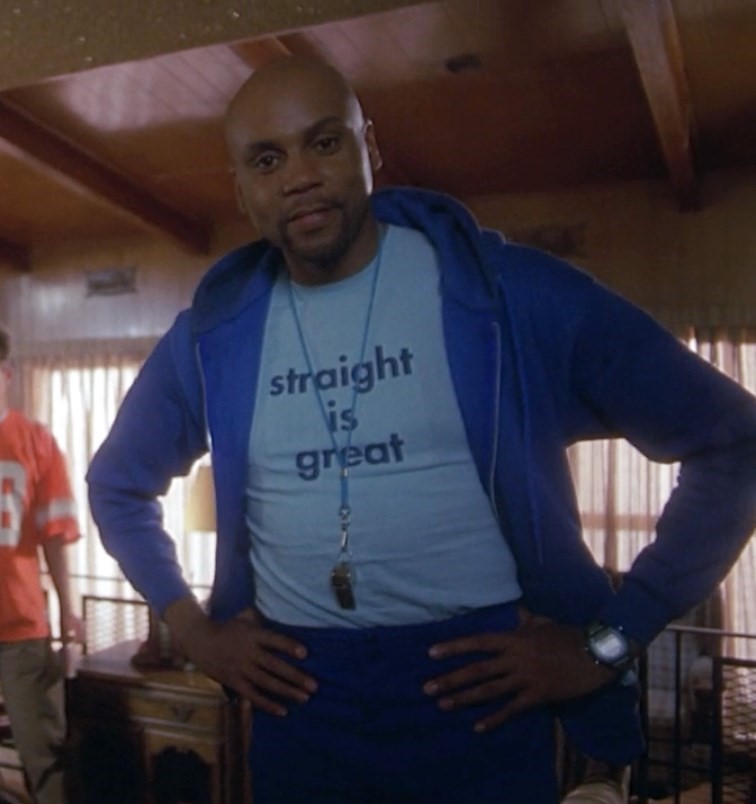
Blessed by the presence of drag royalty RuPaul Charles, the film is a source of inspiration and support for many in the LGBTQI+ community. Not only was the story radical at the time of release, but so were its over-the-top and beautiful visuals, for each shot is intoxicating, painted using the colours of the rainbow. And specifically, of Gilbert Baker’s original eight-colour rainbow pride flag: pink, red, orange, yellow, green, turquoise, indigo, violet. The colours, in order, symbolise sex, life, healing, sunlight, nature, magic/art, serenity, spirit, and Babbit’s vivid cinematic satire celebrates the love and power of these colours and their meaning – particularly in the face of oppression. In preparation for London’s Pride March tomorrow, we take notes from some of the film’s key lessons.
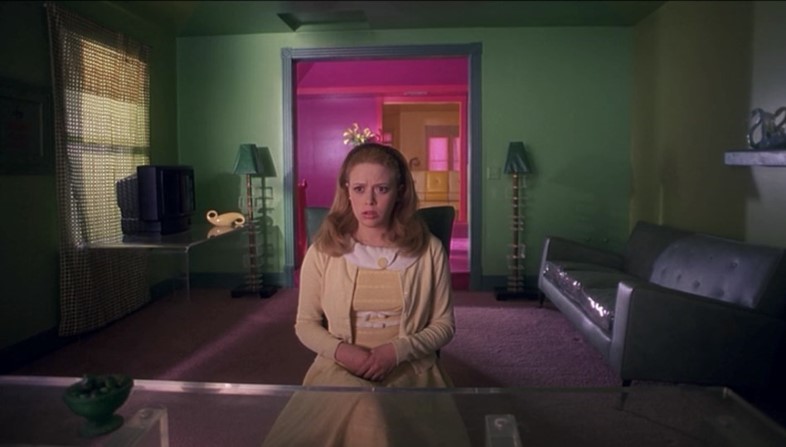
1. Don’t be beige
Sartorially, beige can be elegant and classic: camel or nude or mushroom. But to be beige is different, it is burdened with a singular meaning: boring. In the film, Megan’s parents wear various shades of beige and her friend Kimberly (Michelle Williams) is seen in an all-brown look. Jared (Brandt White), Megan’s boyfriend, wears a tan jacket over his football jersey with matching trousers; his car is tan with an equally subdued interior. The school’s lockers are brown, as well as everything inside Megan’s family home: furniture, decor, lighting. Within the first five minutes, beige is established as symbolically repressive. It covers or replaces the passionate and fiery red of cheerleading outfits or jock uniforms. Beige reflects the rigidity and sexual oppression being enforced by Megan’s family, friends, True Directions founder Mary J. Brown and society.
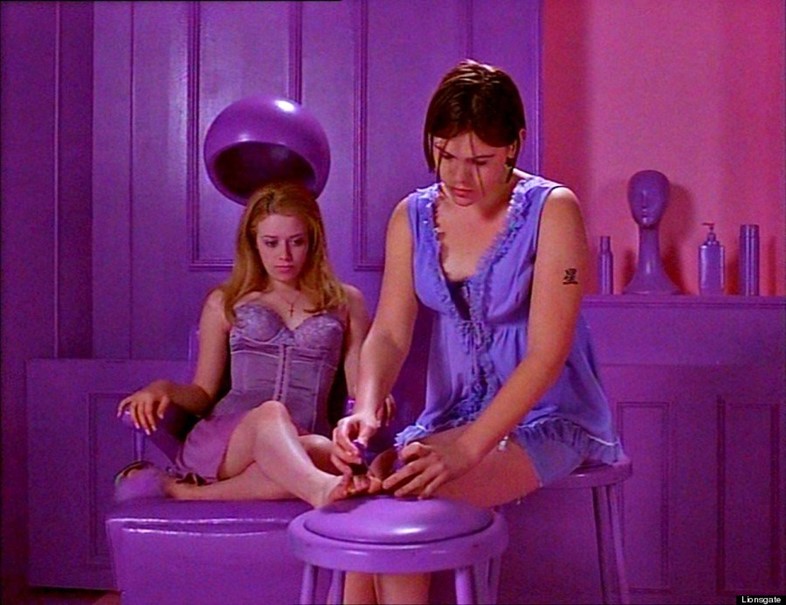
2. More is less
Girls wear bubblegum pink uniforms and their nightdresses match the all-fuchsia bedroom. We never see the boys’ bedroom, but their uniforms are a mix of baby and royal blue. During ‘Step 2: Rediscovering Your Gender Identity’ the girls use teal-coloured vacuums to clean a room of the same colour. Meanwhile, the boys wear blue boiler-suits in order to fix a painted royal blue car. In the purple salon, the girls wear violet corsets and baby dolls, using products of the same colour. Each activity is grouped using the over-the-top, garish and symbolically potent colours, through which Babbit vehemently mocks the rigid gender constructions that True Directions was originally intending to impose.
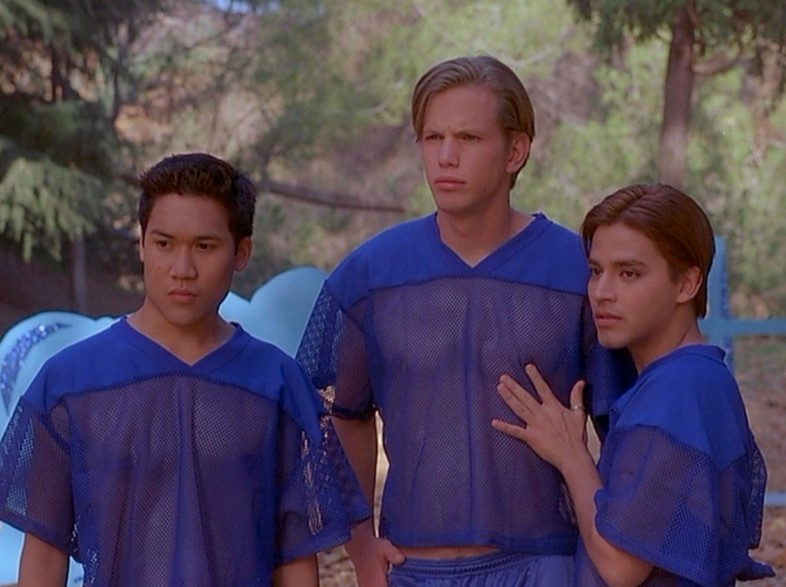
3. Learn to work with what you’ve got
In a camp that wants to repress, innuendos manifest even more readily – through props or through the very activities that were created to indoctrinate. Vacuums, guns, leaf rakes, cards and cut-out statues become sexual satires. An electrocution device which is supposed to be used for self-punishment is modified for self-pleasure. Football uniforms are partially sheer. Rock’s (Eddie Cibrian) denim shorts are cut shorter. Jan’s (Katrina Phillips) varsity shirt peeps out under her pink blouse. Sinead (Katharine Towne) streaks her hair blue, wears a leather choker and facial piercings. These sartorial subversions of the True Directions gender stereotypes – despite also being stereotypes within themselves – subtly signify that identity can’t be externally suppressed or contained so easily, and that binaries are not definitive.
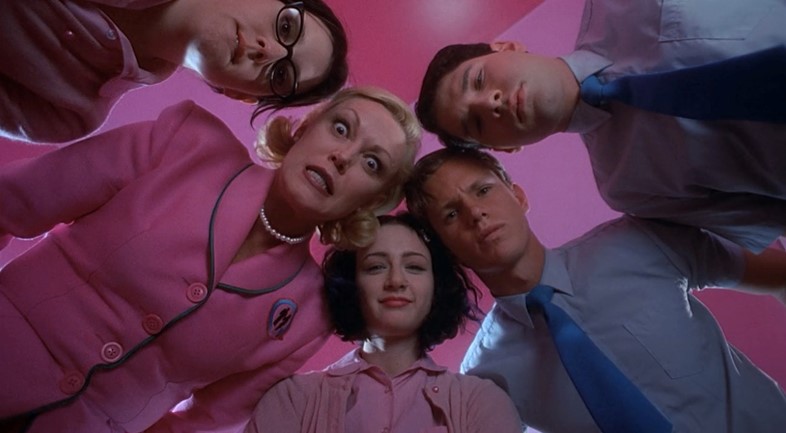
4. Failure isn’t always a bad thing
In the film – much like in life – the characters are expected to tick boxes in order to succeed. Break the rules and you’re out. And in True Directions, where the restrictions are so rigid and narrow, overstepping the lines isn’t difficult. The characters perform, pretending to conform for the sake of those who sent them there. After Megan snitches on Dolph (Dante Basco), he is kicked out, but later, after Megan is also told to leave, the two are reunited and Dolph thanks Megan for saving him. He explains his new sense of freedom and comforts Megan, telling her she is better off. In the safety of ex-True Directions students’ home, Megan learns the only way to be is herself.

5. High school never ends, but you can always drop out
Megan is a high school cheerleader, she dates a jock, attends lessons, clocks in and clocks out. She comes from an orthodox family and is expected to live by strict Christian values. True Directions is a satirical criticism on both: it is run by a character named Mary, the students go to lessons, wear uniforms and attend graduation dressed in prom-like attire. In one scene Megan wears a wedding dress, and the graduation set-up even mirrors that of a wedding. The film amplifies stereotypes in order to address their absurdity. It is no accident we see Megan switching from one institutionalised structure and set of pressures to another. That is, until she decides to follow her heart, leaving it all behind with Graham by her side and dressed in red – the colour, notably, on the pride flag which represents ‘life’.
